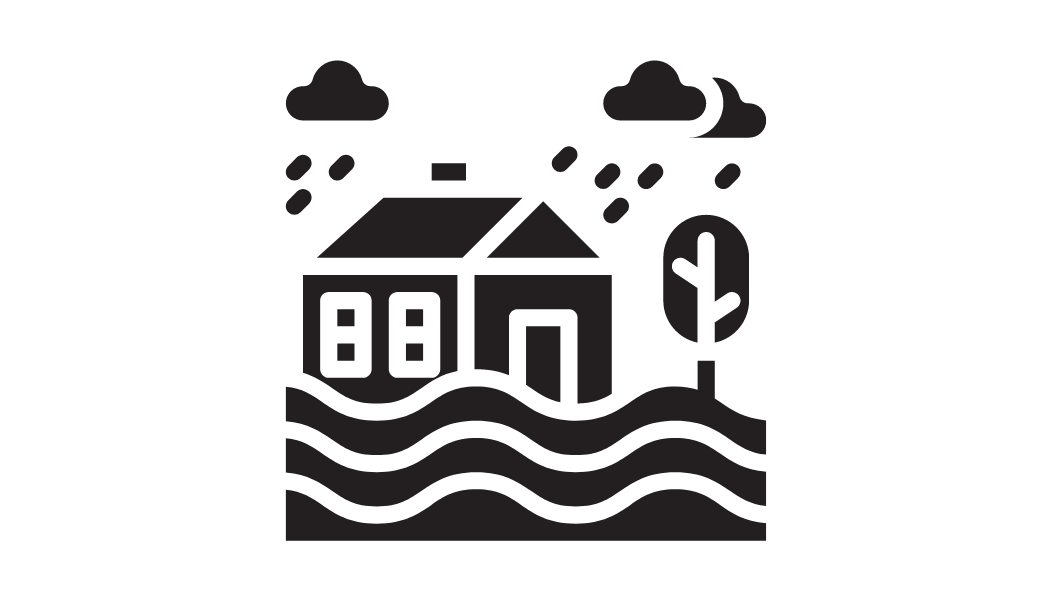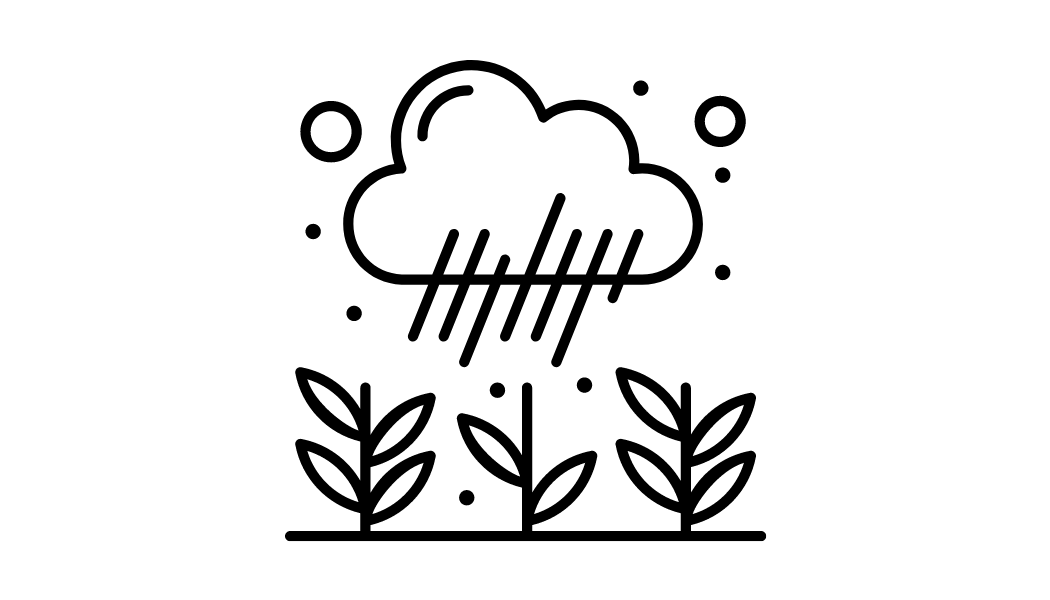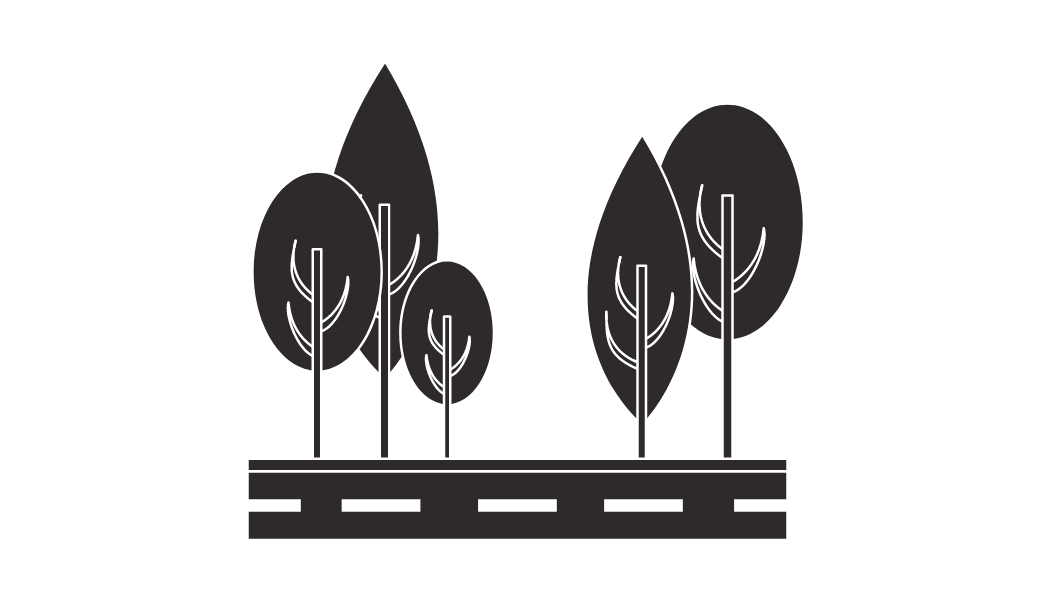Conventional street design dominates large expanses of our urban landscapes, providing corridors for vehicle movement and above- and below-ground space for utilities. Green Street design, an updated practice of urban street design, takes a complete view of the street, seeing stormwater as a resource, universal mobility as a priority, and local plants as co-engineers of a complex built environment. It reimagines a singular street design that efficiently prioritizes multiple uses and recognizes the unique value of shared spaces.
Green Streets Guide
This guide includes:
- Planning considerations to advance Green Street design along streets and in parking lots.
- Guidelines for selecting the appropriate application for the right site.
- Implementation and maintenance strategies that make Green Street design more achievable.
- Examples of Green Streets throughout the state, highlighting their successes and challenges.
This guide is intended as a springboard for action; as such, it can be read in its entirety or in sections as needed. It describes a linear process of Green Street design and build, from envisioning, planning, and design to maintenance and ongoing monitoring.
Download or Watch the Guide by Section
To request a hard copy of the Green Streets Guide, contact Elise Schadler, VT UCF Program Manager, at Elise.Schadler@vermont.gov.
Section 11: Case Studies
Green Streets Resources
-

Guide to Stormwater Management
Check out the guide from VT Department of Environmental Conservation.
-

Vermont Green Infrastructure Toolkit
Explore how to promote the adoption of green infrastructure policies and practices.
-

Vermont Stormwater Management Manual
This manual integrates approaches for designing and sizing stormwater treatment practices.
-

Rain Garden Manual
This manual is a Vermont specific resource developed for anyone interested in protecting local rivers and lakes through gardening.
-

Complete Streets
A Vermont guide to planning, design, construction and maintenance of roadway network that considers all users, including pedestrians, bicyclists and transit riders.
We are grateful to the funders who made this project possible, notably the State of Vermont Clean Water Initiative, the USDA Forest Service, and the Lake Champlain Basin Program.




